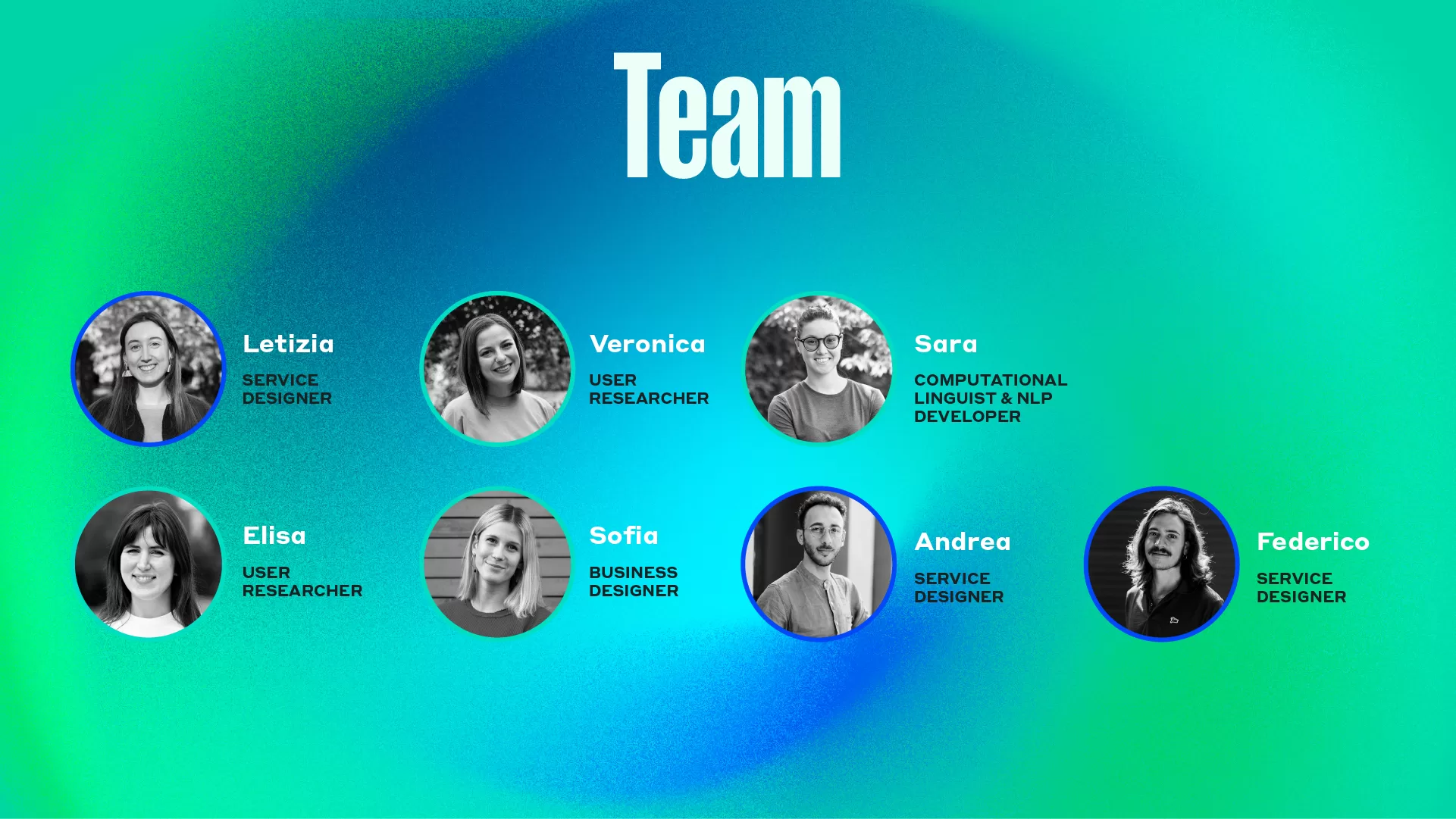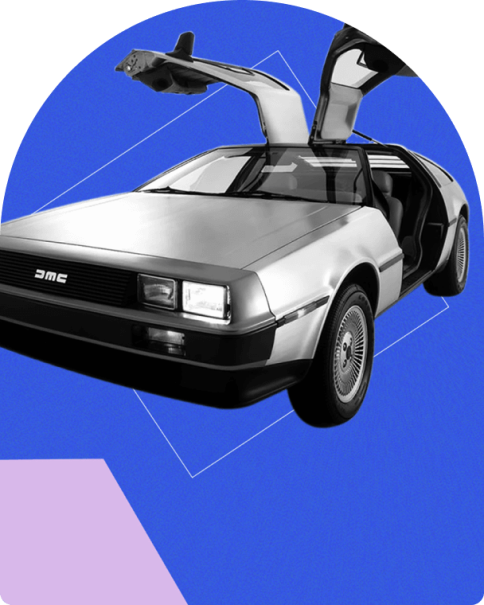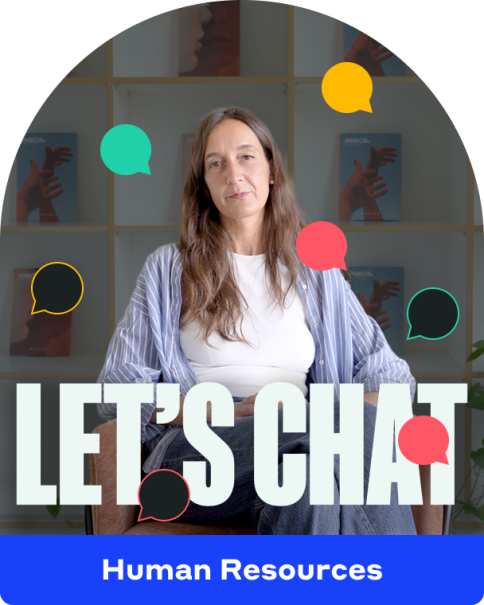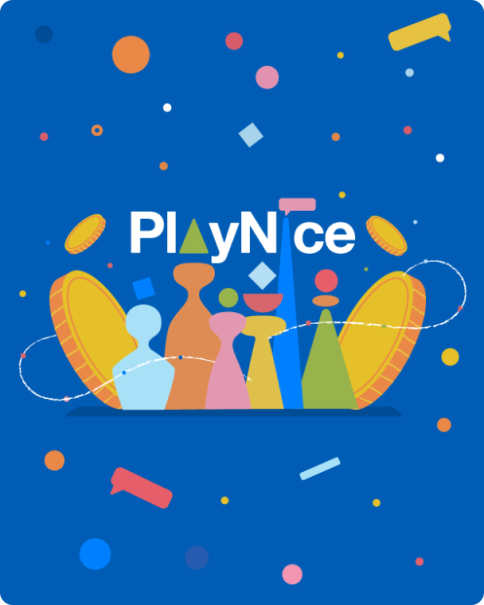The Research Lab: Unraveling Research Through Words and Images
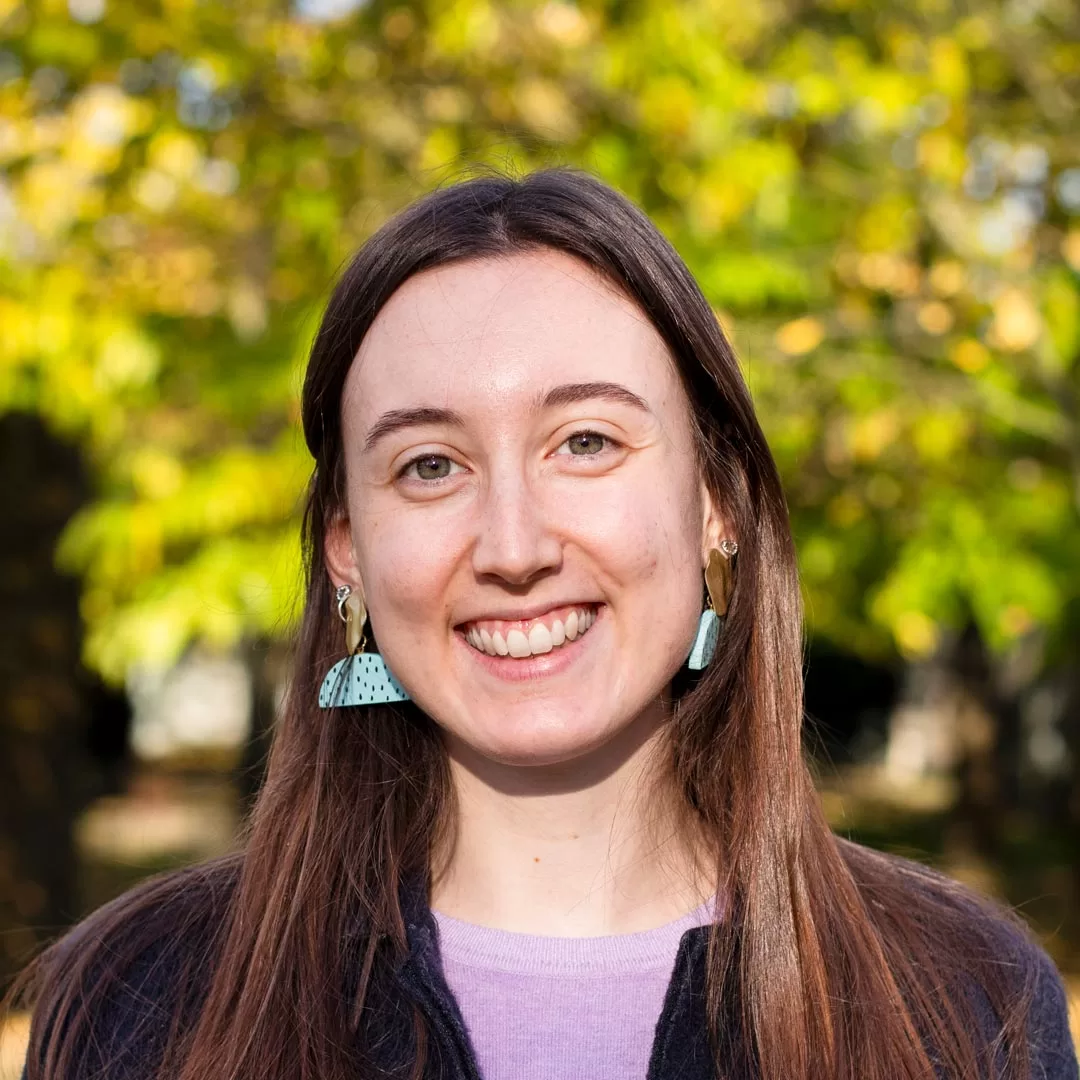
Letizia Gastaldo
Associate, Service Designer
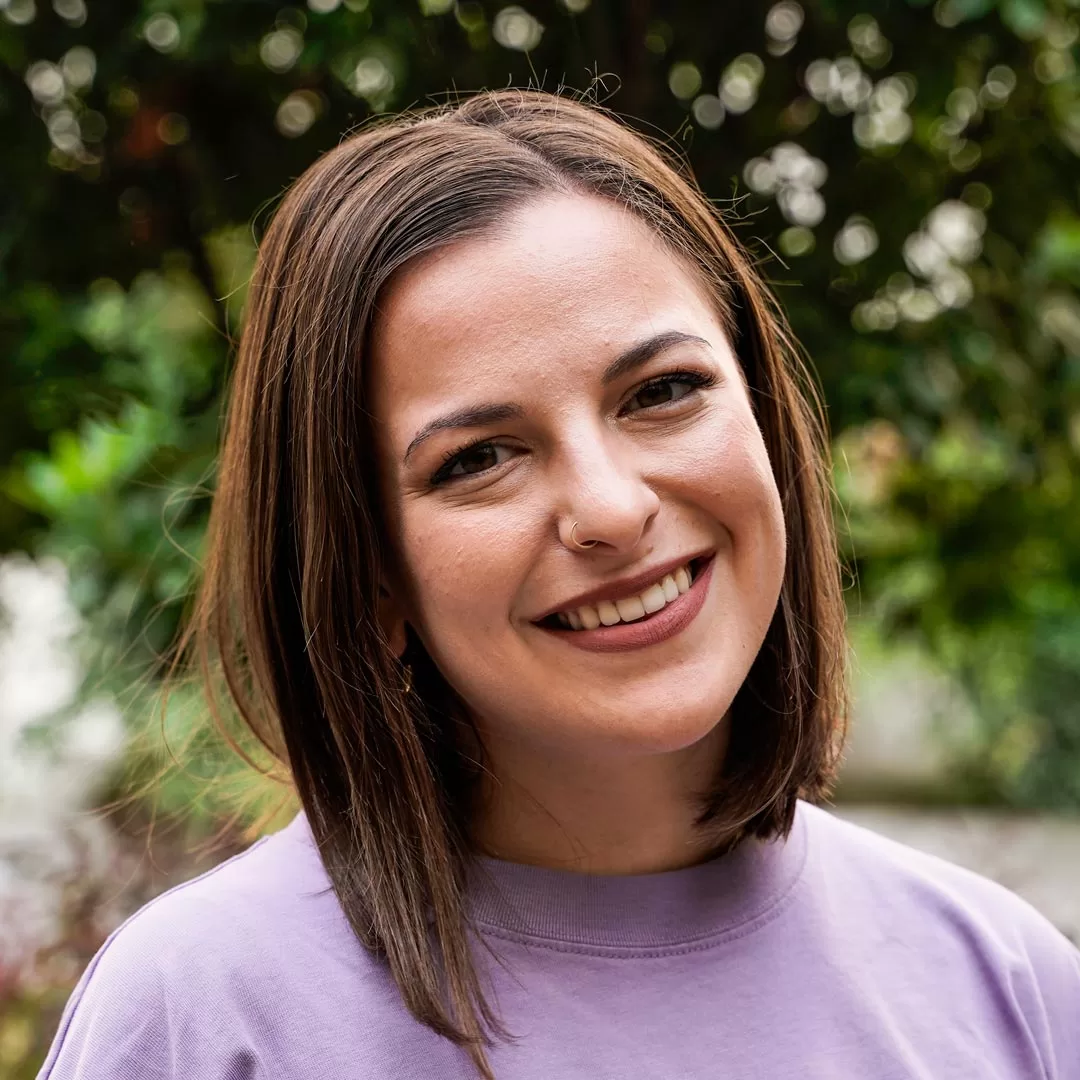
Veronica Pelazzini
Associate, Service Designer
Research and insights
2023
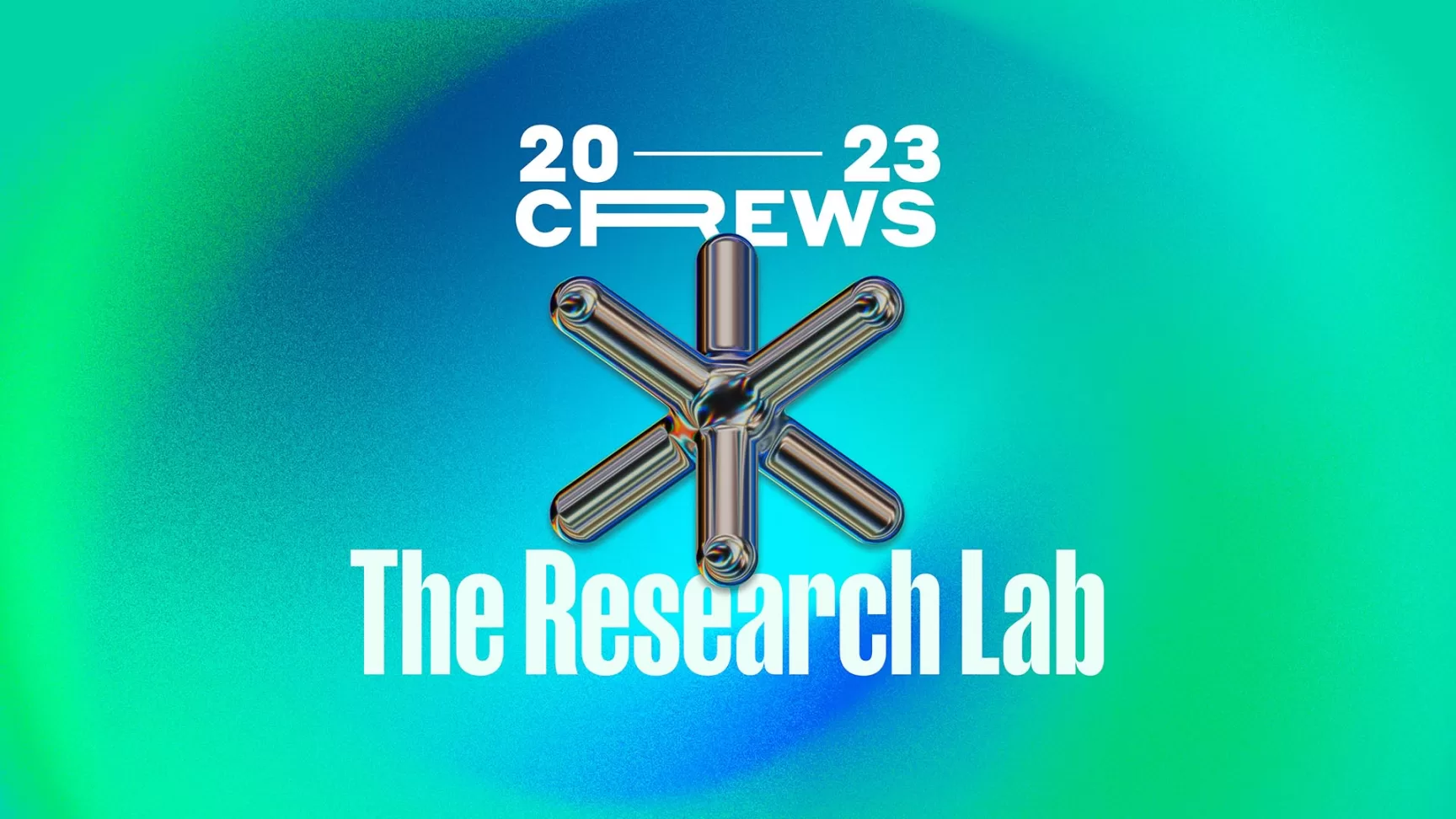
An experiment with a hybrid qualitative and quantitative research methodology to explore the potential of images
The Research Lab, our crew dedicated to further exploring research methods, was fueled by an observation: while qualitative research offers rich, detailed understandings from a few people, quantitative research gathers specific data from many. We saw different areas of opportunity aimed at enriching what we already do. Here are a few:
- Having a research protocol, but streamlined and agile;
- Collecting qualitative data, but from a significant number of people;
- Allow people time to process their thoughts as in surveys, but include the opportunity to express themselves as during interviews.
We decided to further enrich this exploration by understanding whether images could play a role in our methodology. Indeed, we glimpsed a powerful data source in images: compared to more standardized approaches to research, which primarily involve words and numerical data, we envisioned that incorporating images into our methodology could unfold even more complex and layered meanings. Visuals play a pervasive role in contemporary society: the role of images changed dramatically over time, and today photography, as well as images in general, is deeply integrated into our daily lives. Pictures serve as a universal language and as a primary communication mode, offering direct insights into individuals’ lives with an immediacy and authenticity that words alone couldn’t as easily achieve — sometimes, images can speak more than words. They capture nuances and emotions, providing a richer, more layered understanding of people’s experiences. This approach not only taps into the unspoken and overlooked aspects of human life but also positions images as a distinctive, exploratory tool in research, promising to unveil previously untapped information.
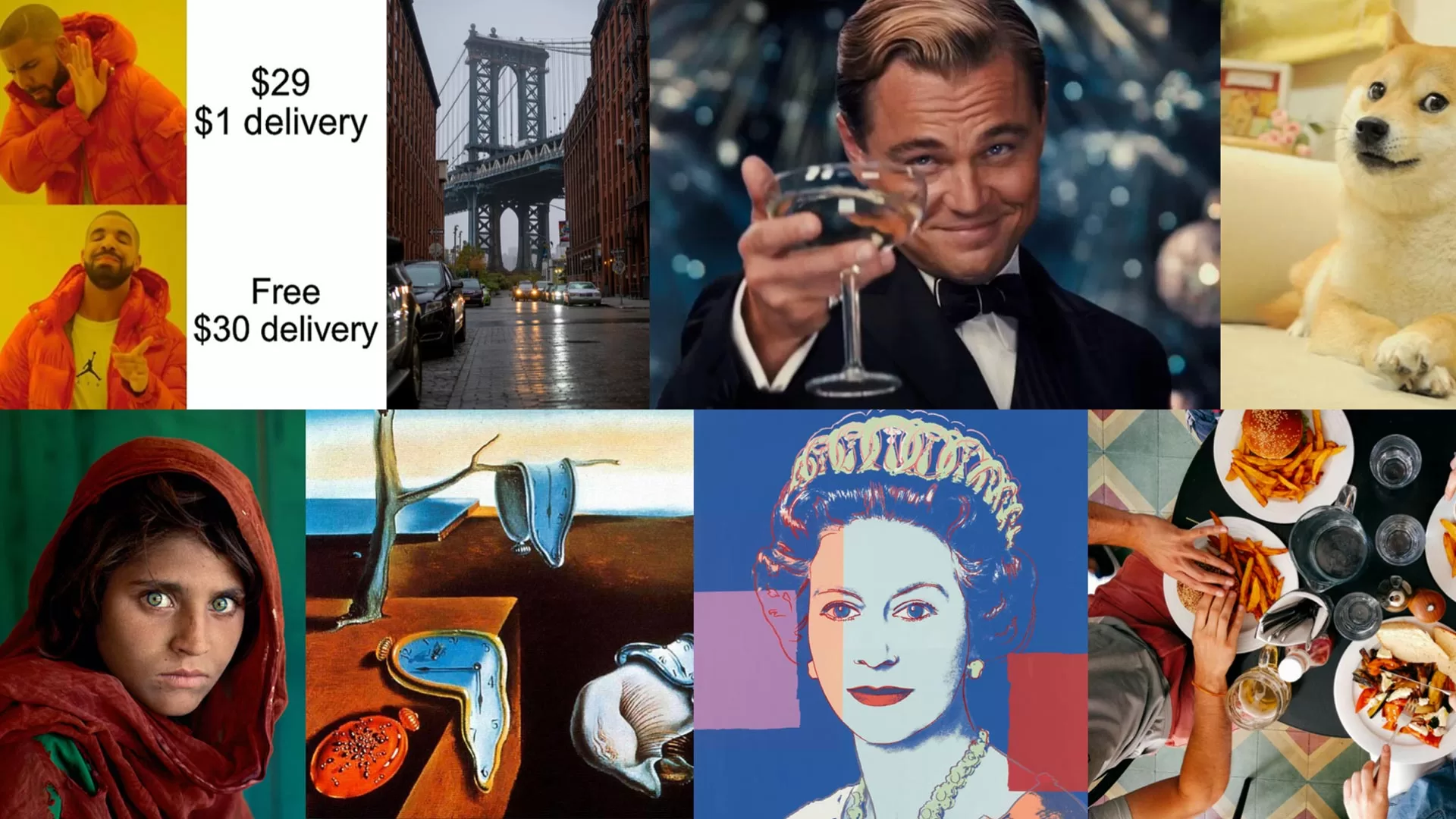
How often have you found yourself using a meme, sticker or image to express or reinforce a concept?
The experiment
As the first step in testing how to blend qualitative and quantitative research by focusing on images, we decided to select a topic on which we could verify our assumptions. Many reasons brought us to focus on wellness. Wellness is a transversal, cross-industry theme that can be traced back to the different businesses we work with (e.g., pharmaceuticals, insurance, luxury, and fashion). Being so versatile, wellness was the perfect subject for exploratory research, and we assumed that most people could have their own views on what it means to be well, making it easier to recruit people to participate in our research.
The core of our experimental methodology is based on the collection of images and associated descriptions related to a specific topic (in our case, wellness) chosen by the researchers. Participants are asked three broad questions on the theme and are given a maximum time to answer. We decided to conduct our experiment through a well-known messaging app to make people feel comfortable by using a familiar tool. They were allotted two weeks, with approximately four to five days dedicated to each task. These tasks involved submitting an image that encapsulates wellness in various forms, along with a corresponding description. The objectives were as follows:
- First task: getting to know the participants’ understanding of wellness;
- Second task: delving into some concepts related to what the participants shared in the first task;
- Third task: understanding how the future of wellness is imagined.
We repeated the research twice to improve the methodology and understand which approach worked best. Whereas in the first wave, the second task required participants to elaborate on three concepts that we had extracted from their personal descriptions, in the second wave we decided to group all of the participants’ responses and give them the same concepts to build on. From their responses, we selected four main concepts and divided the participants into four groups, asking each group to get more in-depth information about the concept we assigned. The group was chosen randomly and did not depend on their previous answer.
The experiment
After each task, we read, looked at, and extracted data from all the responses while, at the same time, we started to explore AI’s resources as a tool to support our research. The responses were analyzed first by the research team and then by Artificial Intelligence to compare the depth and quality of the two models of analysis. Our decision to incorporate AI into our research methodology was a natural progression of our cross-disciplinary approach, and by combining our expertise in design research and trend analysis with AI-driven data analysis, we’ve been able to develop a method that is both rigorous and agile. We employed AI to not only analyze the provided descriptions and extract concepts but also to process images (specifically, we asked: “Can you explain why this image represents human wellness?”). AI allowed us to process vast amounts of data quickly and efficiently, freeing up valuable time for our team to focus on interpretation and analysis.
Our research has revealed the diverse ways in which individuals conceptualize wellness, but it has underscored a common thread. As denizens of a world inundated with stimuli and endless to-do lists, our leisure moments become sacred opportunities for self-care rituals. Whether it’s the comfort of shared meals with loved ones or the solace found in the embrace of nature, these glimpses of tranquility resonate universally. These sentiments, reflected in the images shared by our participants, reflect a collective yearning for a slower pace of life — a sanctuary in the midst of life’s chaos.
Learnings
Innovation does not necessarily mean inventing something new. In our case, innovation means continuing to do what we already do, but looking at it through new lenses to improve it and take it to the next level. Research has always been a cornerstone of our projects, driving us to explore new methods and approaches. We’ve embraced the challenge of research, and we understood that in some projects, visual data could provide insights that traditional methods might miss. We set out with an uncertain path, an abundance of ideas, and numerous possibilities awaiting refinement, and proceeding through trial and error we were able to finetune our method. The ability to experiment, make mistakes, and learn from them is at the heart of MAIZE’s R&D focus, and our crew incorporated this approach.
One of the key strengths of our methodology is its versatility. By refocusing our efforts on imagery, we wanted to tap into a rich source of information that could enhance our understanding of various aspects, including consumer behavior and preferences. We focused on a topic that could be applied across industries, i. e. wellness, but we could likewise choose a more specific topic. Whether we’re working with pharmaceutical companies, insurance providers, or luxury brands, our methodology allows us to uncover insights that are relevant and actionable.
In the end, what were the real benefits of using images? We collected images that serve as an additional source compared to the traditional block of words. This can be valuable for analysis, not only as a source of insight but also as a means of enriching projects by providing visual cues. In addition, the use of images and related tasks helps elicit deeper and more thoughtful responses. Sometimes “a picture is worth a thousand words”, and vice versa: we have explored the fruitful relationship between images and words, as images can show features that text cannot, while text can explain and highlight aspects that are not always visible in images.
As we continue to refine and iterate on our approach, we’re excited to see where our journey takes us next.
